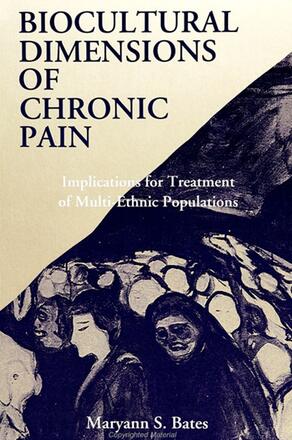
Biocultural Dimensions of Chronic Pain
Implications for Treatment of Multi-Ethnic Populations
Alternative formats available from:
Based on qualitative and quantitative studies in the United States and Puerto Rico, this book demonstrates the significant effect of patients' and health care providers' ethnic and cultural backgrounds on chronic pain.
Description
Based on qualitative and quantitative studies in the United States and Puerto Rico, this book demonstrates the significant effects of patients' and health providers' ethnic and cultural backgrounds on the chronic pain experience. A biocultural model from medical anthropology is used to contribute to a better understanding of the interaction of biology and culture in human pain perception. In the studies described, the factors most often associated with successful adjustment to chronic pain are not biomedical but cultural, psychosocial, or the cultural, political, and economic contexts of medical care, compensation and rehabilitation. Truly multi-disciplinary chronic pain treatment programs must be staffed by providers knowledgeable in cultural relativity and cultural self-awareness and should integrate a cultural assessment with an individualized rehabilitation and biopsychosocial treatment plan for each patient.
Maryann S. Bates is Assistant Professor, Division of Human Development, School of Education and Human Development at the State University of New York at Binghamton.
Reviews
"What I like most about this book is that first it addresses an important issue: the role of ethnicity and culture in chronic pain. . Much of what Bates says also applies not only to chronic disease but virtually all types of disease. Second, the book is based on two major studies by the authors and her collaborators. Third, its use of quantitative methods is sound. Fourth, it successfully achieves a major goal of medical anthropology, that of bringing an anthropological approach to bear on clinical situations. Clinicians consulting this book will be impressed with the contributions an anthropological perspective can make to understanding health and disease. Fifth, the book deals adequately with the difficult issues of pain perception, intensity, and expression. Sixth, the examples of health care provider discrimination along ethnic lines are convincing, and finally, the discussion of workers' compensation problems is excellent. " — Jean Jackson, Massachusetts Institute of Technology